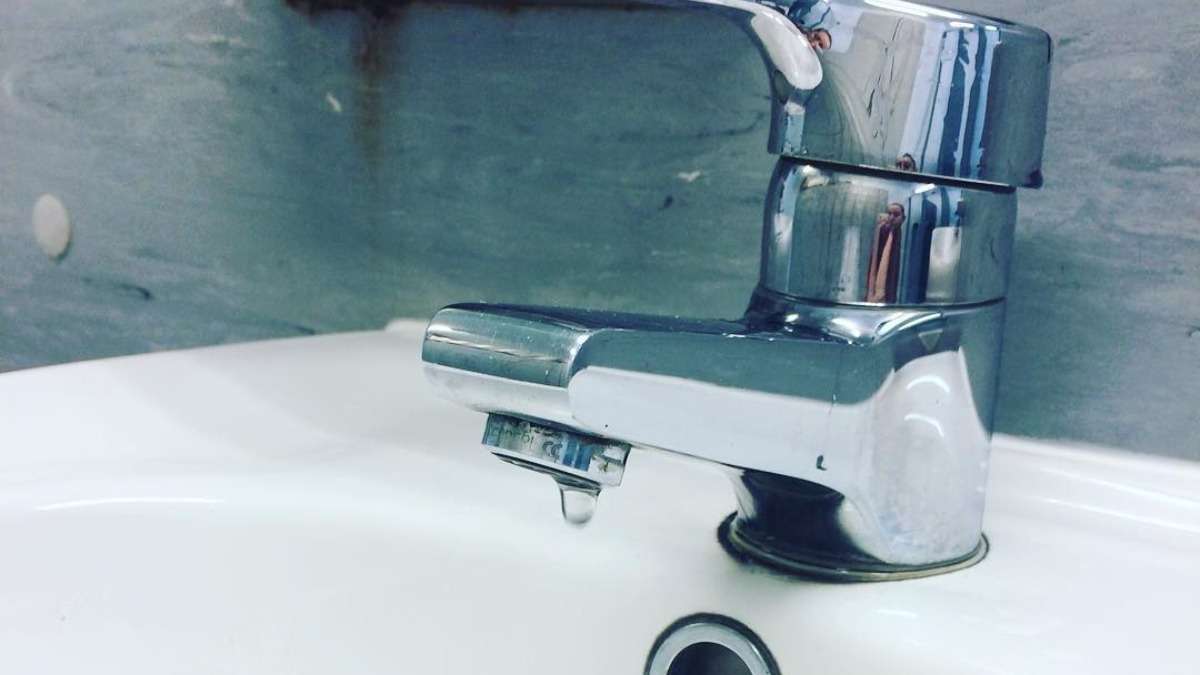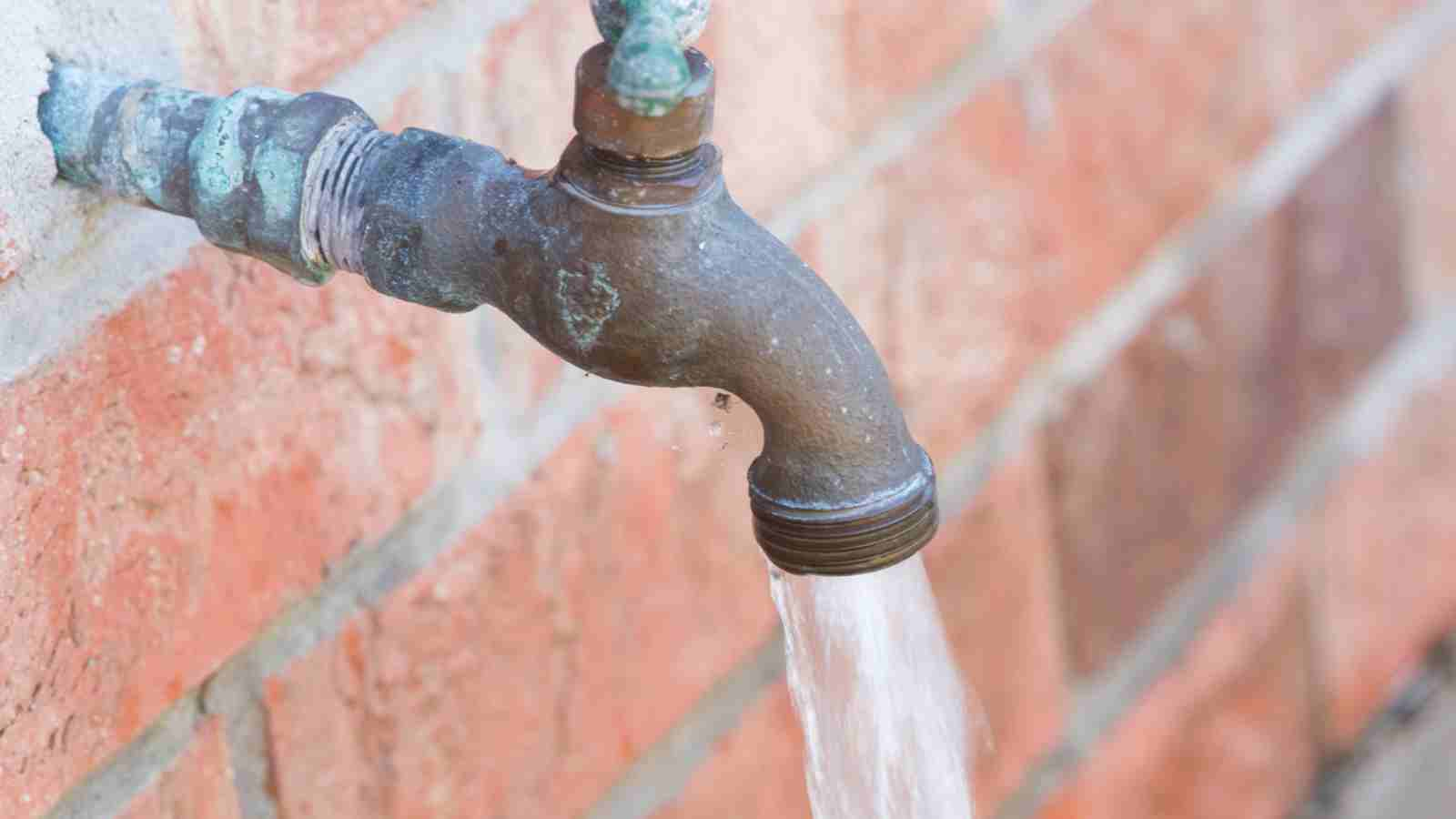What a Dripping Faucet Is Significant
What a Dripping Faucet Is Significant
Blog Article
How do you actually feel when it comes to How to Fix a Leaky Faucet?

Intro
A leaking faucet could feel like a small nuisance, but its effects prolong far past the occasional drip. Understanding the results of a leaking tap is vital for both house owners and the environment. In this write-up, we'll check out the numerous impacts of this usual home concern and why resolving it promptly is necessary.
Reasons For Leaky Faucets
Leaking taps can result from a range of variables, including deterioration, high water stress, and deterioration. Over time, the constant use of faucets can cause damaged seals and gaskets, triggering leakages to establish. In addition, too much water stress can place pressure on plumbing components, causing leakages. Rust and corrosion can likewise compromise faucet components, making them prone to leak.
Water Wastefulness
One of one of the most substantial repercussions of a leaky tap is water wastefulness. Even a small drip can amount to gallons of wasted water over time. This not just drives up water costs however also contributes to water deficiency and environmental destruction. Attending to leaky taps promptly is critical for conserving this priceless resource and lessening its influence on the planet.
Financial Effect
Along with wasting water, dripping faucets can likewise have a significant financial impact. Increased water costs are a straight effect of water wastage, costing home owners thousands of bucks annually. Furthermore, the expense of repairing water damage triggered by leaks can be substantial, especially if left unattended for an extensive duration.
Ecological Effect
The environmental impact of dripping taps prolongs beyond water wastefulness. By preserving water, house owners can contribute to broader initiatives to reduce water scarcity and secure natural ecosystems. Lasting alternatives such as rain harvesting and water-efficient fixtures can better reduce the ecological impact of home water use.
Technological Solutions
Improvements in technology have brought about the development of wise taps and water-saving tools that help lessen water wastefulness. Smart taps use sensors to discover motion and adjust water flow appropriately, minimizing waste without giving up ease. Water-saving tools such as aerators and low-flow showerheads are also reliable in preserving water without endangering efficiency.
International Point of views
While leaking faucets may feel like a local problem, they contribute to broader international difficulties such as water shortage and climate adjustment. In regions already encountering water anxiety, every drop counts, making leakage prevention and fixing necessary. By adopting water-saving techniques and investing in lasting technologies, house owners can play their component in attending to these pushing global problems.
Regulatory Steps
Federal government regulations play a vital duty in reducing the effect of leaking taps and advertising water preservation. From constructing codes that require water-efficient fixtures to water-saving incentives and refunds, policymakers have a variety of tools at their disposal. By carrying out and implementing these guidelines, governments can guarantee that property owners prioritize water conservation in their daily lives.
Area Effect
Attending to leaky taps needs cumulative efforts at the community degree. By increasing understanding about the relevance of water conservation and providing sources for leak discovery and repair work, neighborhood authorities can equip homeowners to do something about it. Initiatives such as water-saving refund programs and leakage detection projects can incentivize behavior modification and advertise responsible water usage.
Instance Studies
Real-life examples of the effect of dripping faucets underscore the value of aggressive upkeep and prompt repairs. From water damage to escalating water expenses, the repercussions of overlooking leakages can be extreme. By sharing these study, home owners can much better recognize the relevance of dealing with leaky faucets promptly.
Educational Campaigns
Educational projects play a critical duty in increasing understanding about the results of leaking faucets and advertising water conservation practices. With workshops, seminars, and on-line resources, homeowners can discover how to discover and fix leaks themselves. By encouraging individuals with expertise and tools, academic projects can promote a society of responsible water usage within neighborhoods.
Health Issues
Dripping taps can create favorable atmospheres for mold and mildew and mold development, posturing health risks to residents. The existence of mold and mildew can aggravate respiratory system concerns and allergic reactions, specifically in vulnerable people. In addition, water damages arising from leakages can jeopardize the structural integrity of buildings and bring about costly repairs.
DIY vs. Specialist Repair service
When faced with a leaky tap, house owners typically debate whether to try repair work themselves or work with an expert plumber. While DIY repair services can save cash, they may not constantly deal with the hidden issue properly. Professional plumbers have the expertise and devices to detect and fix leaks properly, making certain long-term services and comfort for home owners.
Preventive Measures
Avoiding leaky taps calls for normal upkeep and aggressive measures. Straightforward tasks such as changing damaged washers and seals can protect against leaks from creating. Furthermore, updating to premium components and decreasing water pressure can help lengthen the life expectancy of faucets and minimize the threat of leaks.
Conclusion
Finally, the impacts of a leaky tap extend much beyond the periodic drip. From water wastage and raised water expenses to wellness issues and ecological effect, the effects of disregarding leakages can be significant. By attending to dripping faucets immediately and taking on water-saving practices, house owners can minimize these effects and contribute to a much more sustainable future.
Why You Shouldn’t Ignore a Leaky Faucet in Your Home
What Causes a Leaky Faucet?
Various factors can cause a leak, from loose and worn-out parts to corrosion. Your faucet has four essential components from which most plumbing issues will stem: the O-ring, the valve seat, the washer and the gasket.
What Is an O-Ring?
The O-ring is a stem screw that fastens parts of the faucet in place, preventing water from leaking out of the spout. Depending on your faucet type, the stem might have multiple O-rings. Water will drip from the faucet’s handles and base if this part breaks or deteriorates.
What Is a Valve Seat?
The valve seat controls the flow and temperature of the water. Found at the base of the handle, it works as a seal for the faucet’s stem. The valve seat ensures the water is allowed to flow or is blocked as the handles dictate. You’ll know it’s malfunctioning when water leaks from your faucet’s sides.
What Is a Gasket?
The gasket is found between the water inlet and the valve stem. It creates a seal between the faucet and the sink, holding its joints by aerators attached to the stem’s head. Water will trickle out from the base if the gasket isn’t working.
What Is a Washer?
The washer secures the handles and prevents leakage, serving a similar purpose to the O-ring. While the O-ring is ordinarily round and made from an elastic material, such as rubber, the washer is square-shaped and composed of brass, copper and other hard metals. If it malfunctions, corrodes or has been improperly installed, water will leak out of the handles, causing that incessant faucet drip.
Why Is a Leaky Faucet Dangerous?
A leaky faucet left alone for too long can have significant consequences.
Pest Infestations
Since bugs and rodents gravitate towards the scent of water, a leaky faucet will draw pests to your sink. Both are looking for leaks accessible through crawl spaces, which a faucet provides. If you leave water dripping for too long, you run the risk of an infestation.
Rust
If one of the faucet parts has started to corrode, the resulting rust can spread to your pipes and valves with startling speed. The rust might even lead to cracks or other impairments, resulting in more severe plumbing issues.
Your sink could also sustain damage from a leaky faucet. The water in your tap possesses sparse elements of calcium and iron that can stain your sink with repeated and prolonged exposure. Once those elements in the water have been open to the air for some time, your sink will start to rust, creating marks that can be difficult to remove.
https://www.tomsmechanical.com/blog/why-you-shouldnt-ignore-a-leaky-faucet-in-your-home

I stumbled upon that piece of writing about while browsing the web. In case you liked our blog posting if you please consider to share it. We treasure your readership.
Report this page